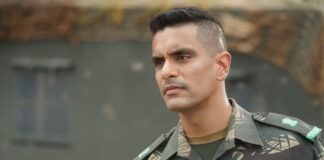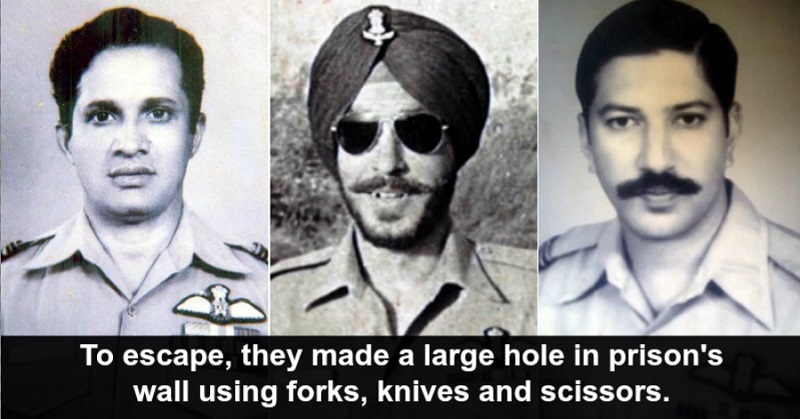
Prisoner of War – India came across this term as recently as on 27 February 2019 when Wing Commander Abhinandan Varthaman of the Indian Air Force (IAF) was taken captive by the Pakistani Army. His release just two days later on 1 March was hailed as a “peace gesture” by Pakistan and Pakistani sympathisers in India and abroad. It is another thing that Pakistan was under pressure to release the courageous IAF pilot due to a host of reasons including the Geneva Convention.
But this is not about the hero Wing Commander who shot down an F-16 with his MiG-21 Bison before losing his own aircraft. This article is about an escape attempt by three Indian Air Force pilots almost like the 1963 war movie ‘The Great Escape’.
ADVERTISEMENT
PoWs are basically serving soldiers of any regular army who are caught by the enemy and kept in captivity till the end of the war, following which they are expected to be repatriated to their home countries. While India, being a respectable democracy, maintained the rules of engagement and honoured the principles governing war, Pakistan, which has often behaved as a rogue state, is believed to be still holding in captivity 54 Indian soldiers since 1971.
Thankfully, Flight Lieutenant (later Group Captain) Dilip Parulkar, Flight Lieutenant MS Grewal and Flying Officer Harish Sinhji did not end up among the Missing 54. This is their story.
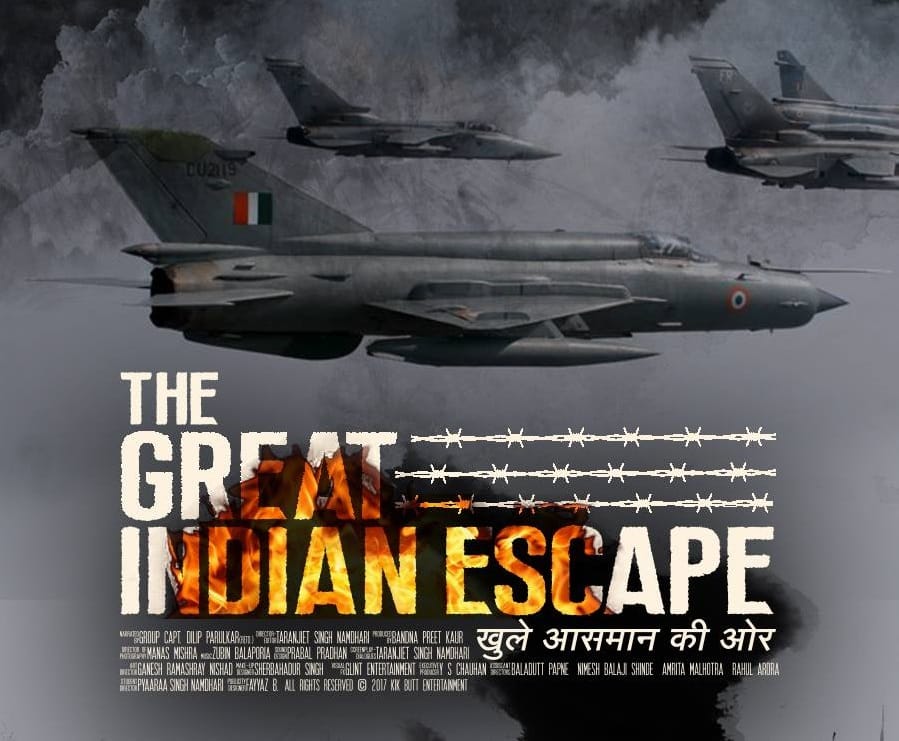
A top Pakistani officer unknowingly gave them tools to escape
The year was 1971. India was engaged in a major war with Pakistan on both the eastern and western fronts. All three services of the Indian armed forces were inflicting heavy damage to the enemy.
The IAF was running multiple sorties across the border and bombing targets in Pakistan and East Pakistan (now Bangladesh). It was during one of these missions that an IAF Sukhoi 7 aircraft was brought down by enemy gunfire near Zafarwal, located east of Lahore. The aircraft was piloted by Flight Lieutenant (later Group Captain) Dilip Parulkar of the Adampur-based 26 Squadron. He parachuted down in enemy territory and was beaten up by locals before he was taken prisoner by the Pakistani forces. By the time he was sent to PoW camp in Rawalpindi, Parulkar was unconscious.
ADVERTISEMENT
Every PoW camp is commandeered by an ranked officer. The same was the case with the PoW camp at Rawalpindi. The man in charge was a Pakistani Air Force officer called Squadron Leader Osman Amin. Unlike other PAF officers, Amin was kind to the prisoners. He maintained a professional relationship with the Indian PoWs and treated them with the respect they deserved as soldiers.
Parulkar, in 2017, would reveal what Amin discussed with the Indian PoWs.
“We used to talk about Bollywood films and our families. Other Pakistani officers had become unhappy because of the preferential treatment the Indian pilots were getting from him. Amin once gave us a cassette player so that we could listen to music. He also gave me a map out of the Atlas book which later helped us escape.”
At the PoW camp, Parulkar met other IAF PoWs: Wg Cdr BA Coelho, Sqn Ldr DS Jafa, Sqn Ldr Kamat, Flight Lieutenant MS Grewal, Flt Lt Tejwant Singh, Flt Lt Bhargava, Flt Lt Aditya Vikram Pethia, and Flying Officer Harish Sinhji, Fg Offr Chati, Fg Offr K.C. Kuruvilla, Fg Offr H.N.D. Mulla Feroze and Flight Lieutenant (later Air Chief Marshal) PC Lal. Two of the pilots, Mulla Feroze and Vikram were repatriated due to ill health in February 72 and July 72, respectively.
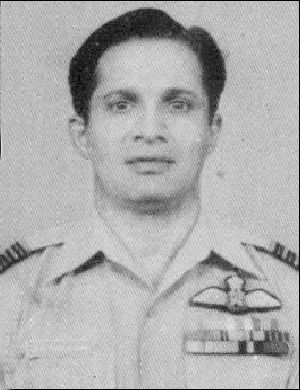
They made a hole in an 18-inch thick prison wall
It was on 25 December 1971 when the Indian PoWs, who were mostly members of the IAF, were invited by Amin to a Christmas party. Taking advantage of the informal event, the PoWs gathered information on the war and were pleased to know that it had ended with a decisive victory for India.
By then Parulkar had hatched up a daredevil plan – to escape the camp. In 1968, Parulkar had told his commanding officer MS Bawa that if he ever gets captured, he will escape.
“We fight deep inside enemy territory, and one bullet can cripple an aircraft. If I ever become a prisoner of war, I will escape.”
The time was to prove the words right.
ADVERTISEMENT
Parulkar tried to convince everyone to join his mission. The others rejected the plan calling it foolhardiness and everyone knew that failure would mean certain death. Undeterred, Parulkar kept persisting and convinced two of them: Grewal and Sinhji.
They began execution of their plan. The trio first located a cell close to a corridor where security was not very high. They managed to shift themselves to that cell and began by working on an 18-inch-thick wall on one side of the prison.
Every day Parulkar and Grewal would scrape off the mortar inside the wall using forks, knife, scissors and a valve that they had obtained from a young supply boy in the prison.
Being PoWs, they were entitled to certain relaxations and were also supplied some personal items almost regularly by Red Cross. Thus they had the tools needed to dig a hole in the wall. Grewal later told journalist Shekhar Gupta:
“With these three-four things, we could scrape the mortar in between the bricks. We would get down to work at night, Dilip and I. I would do it for half an hour, then I would get out, then he would spend an hour there, then I would get back. We went on till 12.30 or 1 at night, while (VS) Chati and Hari Sinhji (the third person to escape with Grewal and Parulkar) kept watch.”
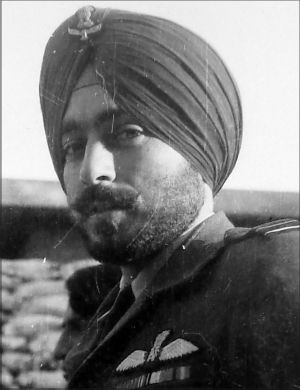
They wanted to escape to Afghanistan and not India
It took them almost a month to make a hole large enough to escape. Fortunately for the trio it started raining heavily on the day they chose to make a dash for freedom. That day was August 13, 1972. They came out on the street next to the prison, which was connected to the Grand Trunk Road, and saw that it resembled a crowded marketplace. It was easy on that day because many of the sentries were busy with preparations for Pakistani Independence Day which was on August 14.
ADVERTISEMENT
Grewal recalled that it was probably a movie show that had ended which brought out “the rickshaws, tongas, shouting, and the typical Indian scene”.
“We were like anybody else on the road,” he said. The reason behind it was also because they were dressed in traditional Pathan suits. The suits came by chance to them when Parulkar’s parents sent him three pairs of clothing that looked like Pathan suits.
The three had money on them – enough to help them make a comfortable escape. In those days, the PoWs were paid Rs 57 per month. They had with them chocolates, apricots, condensed milk tins, etc, for the road.
The Indian Air Force officers had carefully studied a map of the region and had drawn up plans to escape to Afghanistan. The idea behind escaping to Afghanistan and not India was the accurate analysis that crossing the border with India was too risky at that time. Thus the three wanted to move towards Landi Khana – a train station closest to Afghanistan border in Peshawar – and from there enter Afghanistan. Their plan was to return to India from Afghanistan.
ADVERTISEMENT
But they committed their biggest mistake in the plan: they did not know that Landi Khana had ceased to exist!
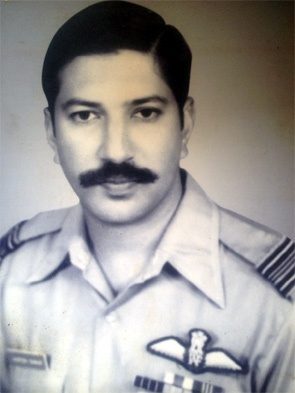
The Pak officer who helped save their lives
They took multiple bus rides in order to reach Landi Khana but failed because the station had been closed by the British in 1931 and no one in the area had any idea that there was once a place with that name.
They were haggling with a taxi driver at Landi Kotal, a place somewhere around the old Landi Khana, when the suspicious clerk of a Tehsildar came up to them.
Grewal recalled:
ADVERTISEMENT
“The tehsildar called some people, they took us to a so-called prison and locked us up. They searched us. We had PoW ID cards. They were in English. The people there, none of them could read English. So, one of them takes these three cards, he goes to the Tehsildar.”
The Tehsildar then took them to the office of a political agent called Burki in handcuffs. The three Indian air warriors said that Burki treated them well.
When the Tehsildar asked them who they are, the three claimed that they were airmen of the Pakistan Air Force from Lahore on a leave of 10 days and were going to Landi Khana as tourists. The three IAF officers managed to fool the Tehsildar into believing that they were indeed PAF airmen and made him call the ADC to the Chief of Pakistani Air Force. By this time Osman Hamid had become an ADC, and the trio knew that.
The reason why the three called up the ADC was because without him all three would have ended up dead in the Tehsildar’s prison. The local authorities in Pakistan were particularly brutal to Indian military personnel.
Dilip Parulkar spoke to the ADC on phone in a coded language. The smart Pakistani ADC quickly understood the situation and, even though he knew that the three were PoWs who tried to escape, lied to the Pakistani Tehsildar about their identities.
ADVERTISEMENT
Parulkar revealed:
“The ADC said, ‘Give the phone to the tehsildar’. I gave him the phone. He very calmly told him, ‘Ye hamare aadmi hain (These are our men)’.”
The three were brought back to the PoW camp after they were identified as IAF men. At the time of the incident with the Tehsildar, the three were just five miles or about 8 kilometers from the Afghan border.
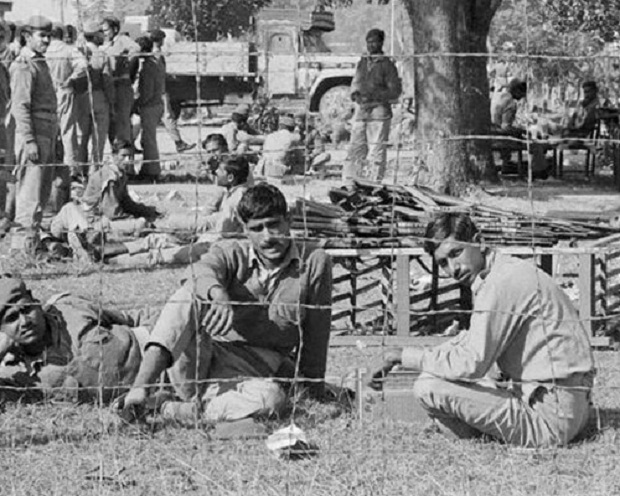
Three months later, Zulfikar Ali Bhutto, then premier of Pakistan, addressed the PoWs and declared their repatriation.
On December 1, 1972, the three were among those who returned to a hero’s welcome at Wagah border. But the story of the three IAF men had reached home before them.
ADVERTISEMENT
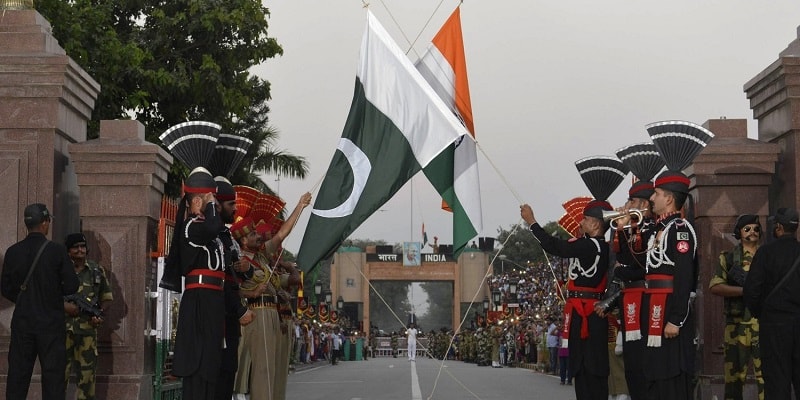
Also read- Extraordinary Story Of Indian Army Soldier, Who Cut Off His Own Leg With A Khukri
ADVERTISEMENT











